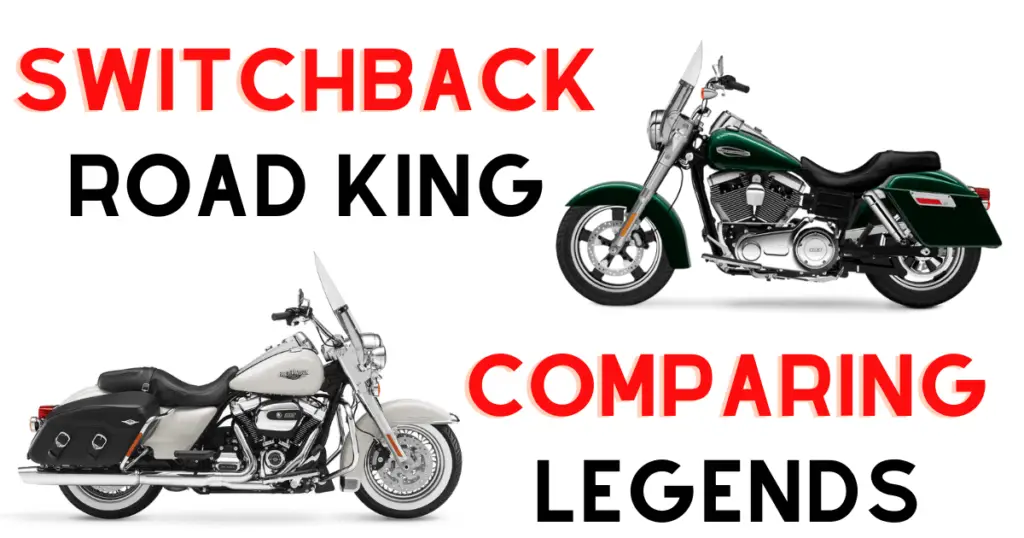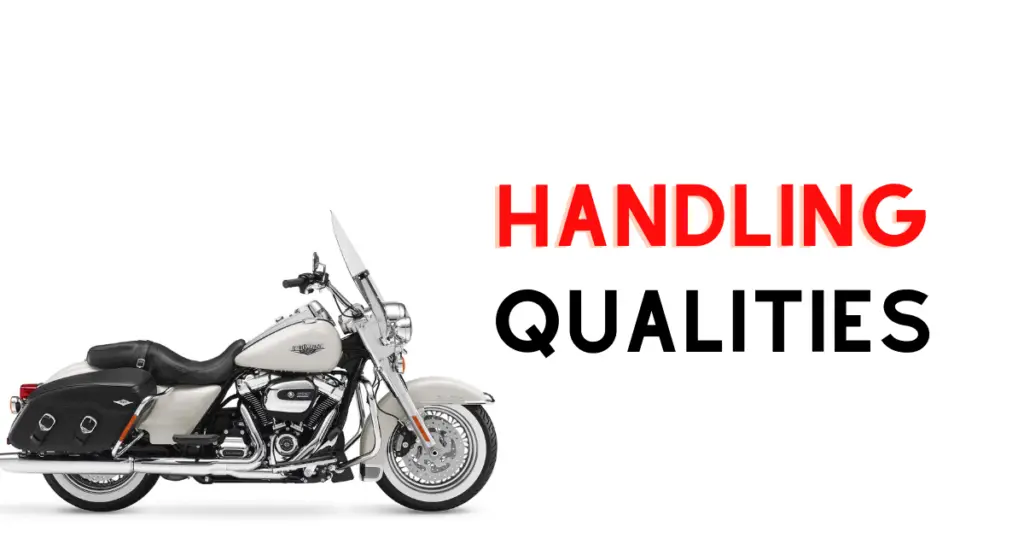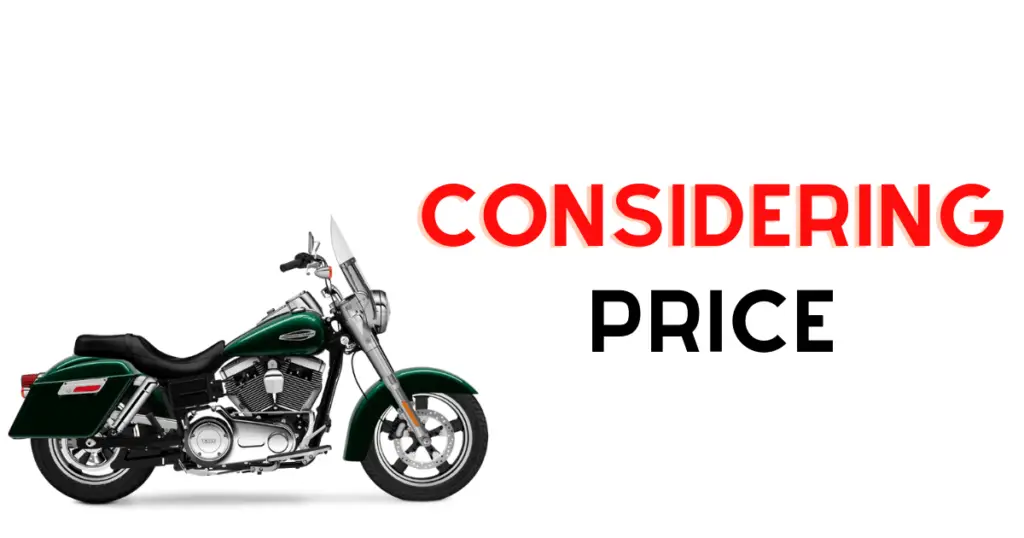The Harley Davidson Road King and the Harley Davidson Switchback are two celebrated models in the cruiser and touring motorcycle segments, each bearing their own set of characteristics tailored to different rider preferences. The Road King, a part of Harley Davidson’s touring lineup, is revered for its classic styling and long-distance comfort. It’s designed for riders who are looking for a robust, full-sized bike capable of traversing long stretches of road with ease and in style. With its ability to accommodate a plethora of accessories, the Road King caters effectively to those who aim for extensive customizability in their rides.
In contrast, the Switchback is a model that combines the nimble handling of Harley’s Dyna models with some touring capabilities, resulting in a versatile “bagger.” It’s known for a slightly lower seat height and a manageable weight, attributes that provide accessibility to riders of different statures and experience levels. Although it might not match the Road King in terms of size and presence, the Switchback offers a balanced package for those who seek the comfort of a touring model, the agility of a cruiser, and the convenience of a luggage rack for longer trips.
Both motorcycles uphold the Harley Davidson legacy through their performance and design, yet they appeal to distinct sections of the motorcycling community. The Road King and Switchback differ not only in their physical dimensions and rider ergonomics but also in the overall riding experience they deliver. Riders making a choice between the two must consider factors such as intended use, comfort, size, and the unique riding experience that each of these esteemed bikes offers. But aside from these pieces of information, what else do you need to know? Let’s dive into this comprehensive Switchback vs Road King comparison!
Another Road King comparison:
– Road Glide vs Road King: What’s The Best Touring Choice?
Design and Aesthetics

Both the Harley-Davidson Switchback and Road King exhibit distinct design philosophies, each with a focus on blending classic Harley aesthetics with functional features such as saddlebags and luggage racks that enhance their touring capabilities.
Style and Finish
Harley-Davidson Switchback: The Switchback model boasts a classic yet customizable appearance, characterized by its detachable hard shell saddlebags and quick-release windshield. These features offer riders both a streamlined cruiser style and a functional touring setup. With chrome accents and full fenders, it firmly holds onto its nostalgic roots while allowing for quick transformation.
Harley-Davidson Road King: Heritage is at the heart of the Road King’s style, with its timeless design featuring full-length footboards, leather-wrapped hardshell saddlebags, and a large, detachable windshield. Riders find the Road King’s iconic headlamp and classic styling cues to be emblematic of the Harley-Davidson brand’s heritage. Its finish is designed for both elegance and road endurance.
Riding Position
Harley-Davidson Switchback: The Switchback’s design favors a more dynamic riding position with its slightly forward-mounted foot controls and a seat that positions the rider for an engaged posture. This offers adequate comfort for long rides without compromising the more active stance preferred by cruiser enthusiasts.
Harley-Davidson Road King: In contrast, the Road King features a more relaxed, upright riding position, courtesy of its swept-back handlebars and a large cushioned seat that is positioned to facilitate long hours on the road with ease. The positioning is considered to provide superior comfort for a diverse range of riders, making it a favorite for long-distance touring.
Performance
The Harley Davidson Switchback and Road King are two distinctive models that cater to riders looking for robust engines and transmission systems along with a quality riding experience. Their performance metrics differ in engine output, transmission smoothness, and handling dynamics, offering riders a choice based on their preferences.
Engine and Transmission
Harley Davidson Switchback:
- Engine: Twin Cam 103B, 4 Stroke, Air-cooled
- Displacement: 1689 cc
- Transmission: 6-speed Cruise Drive
- Compression Ratio: Not specified
The Switchback boasts a respectable 103B engine known for its reliable torque delivery. This air-cooled motor offers a harmonious balance of power and efficiency, with enough grunt to handle highway rides. Its six-speed transmission is designed for smooth shifts and cruising comfort.
Harley Davidson Road King:
- Engine: Milwaukee-Eight 107, 4 Stroke, Air-cooled
- Displacement: 1800 cc
- Transmission: 6-speed Cruise Drive
- Compression Ratio: Not specified
The Road King steps up performance with the larger Milwaukee-Eight 107 engine. It delivers more power, which is evident during takeoff and passing maneuvers. The same six-speed transmission found on the Switchback operates here, ensuring easy highway cruising and lower engine rpm.
Handling and Ride Quality

Harley Davidson Switchback:
- Handling: Lighter and more nimble compared to the Road King
- Ride Quality: Known for a smooth ride with less focus on handling twisty roads
The Switchback’s frame and suspension are tuned for riders seeking a lighter bike with manageable ride dynamics. While it may not be the choice for twisty road enthusiasts, it offers a comfortable ride.
Harley Davidson Road King:
- Handling: Confidence-inspiring stability on straight roads
- Ride Quality: Touring-oriented with a focus on rider and passenger comfort
The Road King’s redesigned frame and suspension post-2009 provide a stable ride with superior cruise control, particularly appreciated on long journeys, making it a great bike for experienced riders and women riders alike. It is less agile than the Switchback but compensates with excellent ride quality on highways and city roads, complete with its strong braking system.
Features and Accessories
In comparing the Harley Davidson Switchback and Road King, it’s crucial to examine the technology and storage options available as they significantly enhance the riding experience. Each model carries distinct features that cater to riders’ preferences for convenience and functionality.
Technology
The Harley Davidson Road King and Switchback come equipped with Electronic Sequential Port Fuel Injection (ESPFI), providing a reliable and responsive throttle experience. Both models boast essential technologies such as an ABS system, ensuring improved safety through better braking performance. The Road King often includes a cruise control feature, which is excellent for long-distances, enabling riders to maintain a steady speed with ease.
Storage and Convenience
Hard bags and leather bags offer ample storage on both the Switchback and Road King, catering to riders’ needs for secure and stylish storage solutions, with the Switchback’s bags being easily detachable for a more streamlined look when the extra storage isn’t needed. The Road King’s screen is designed to offer improved wind protection; however, it is not quickly removable as with the Switchback, where the screen can be taken off to suit the rider’s preference. For enhanced security, options are available for both models that can come with a security system to help protect the motorcycle from theft.
Comfort and Ergonomics
When choosing between the Harley-Davidson Switchback and the Road King, comfort and ergonomics are pivotal factors for long rides. Each model offers distinct features that cater to rider and passenger needs, from seating arrangements to legroom.
Seating and Legroom
The Road King is renowned for its spacious ride, with a seat height typically around 26.7 inches, catering well to riders of varying stature. It boasts a comfortable, upright seating position supported by wide floorboards, giving the rider ample legroom for extended journeys.
On the other hand, the Switchback tends to have a slightly lower seat height, allowing for easier reach to the ground, which may be an advantage for riders with a shorter height. However, this reduction in height doesn’t significantly compromise the legroom, as the model still maintains a relaxed riding posture, though it might feel a bit more confining for taller riders compared to the Road King.
Passenger Accommodations
Passenger comfort is an area where the Road King generally has the edge. This model typically comes with a larger passenger seat and dedicated passenger floorboards, which contribute to a more enjoyable and comfortable experience, especially on long trips.
In contrast, while the Switchback can accommodate a passenger, the space and comfort might be less generous. It’s designed with passenger pegs rather than floorboards, which might not provide the same level of comfort as the more spacious Road King’s setup. The smaller rear space may also affect the feeling of clearance for the passenger.
Both models offer well-designed suspension systems, but the Road King usually has a slight advantage in terms of ride smoothness and handling road imperfections, which can reduce vibration for both the rider and the passenger.
Pricing and Value

When considering the purchase of a Harley-Davidson motorcycle, particularly the Road King or the Switchback, the prospective buyer must examine two main factors: the initial purchase price and the long-term financial implications, such as resale value and cost of ownership.
Cost of Ownership
The cost of ownership for a motorcycle encompasses various expenses beyond the initial purchase price. These include periodic maintenance, fuel costs, insurance, and potential repairs. The Harley-Davidson Road King and Switchback fall into the tourer and cruiser bike categories, respectively, and therefore maintenance costs may vary due to differences in design and intended use.
- Maintenance and Fuel: With both models powered by Harley’s V-Twin engines, owners should expect similar costs for routine maintenance. The fuel tank capacity and consumption rates, while not provided in the search results, are factors that will contribute to the ongoing fuel expenses.
- Insurance: Insurance premiums may differ based on the model and the rider’s profile. As a more substantial and often pricier model, the Road King may incur higher insurance costs compared to the Switchback, which is lighter and generally less expensive.
Resale Value
Resale value is a significant aspect of motorcycle ownership, reflecting the motorcycle’s ability to retain value over time. Both the Harley-Davidson Road King and Switchback have strong brand recognition, which helps in maintaining their value in the pre-owned market.
- Road King: Known for its durability and classic styling, the Road King often holds its value well, especially for well-maintained examples with lower mileage.
Switchback: Being a relatively more recent and versatile model with detachable features like panniers and windscreens, the Switchback’s resale value can be quite favorable, reflecting its dual nature as both a cruiser and a touring bike.
It is important for buyers to consider these financial aspects when selecting between the two models to ensure the choice aligns with their budget and long-term financial expectations.